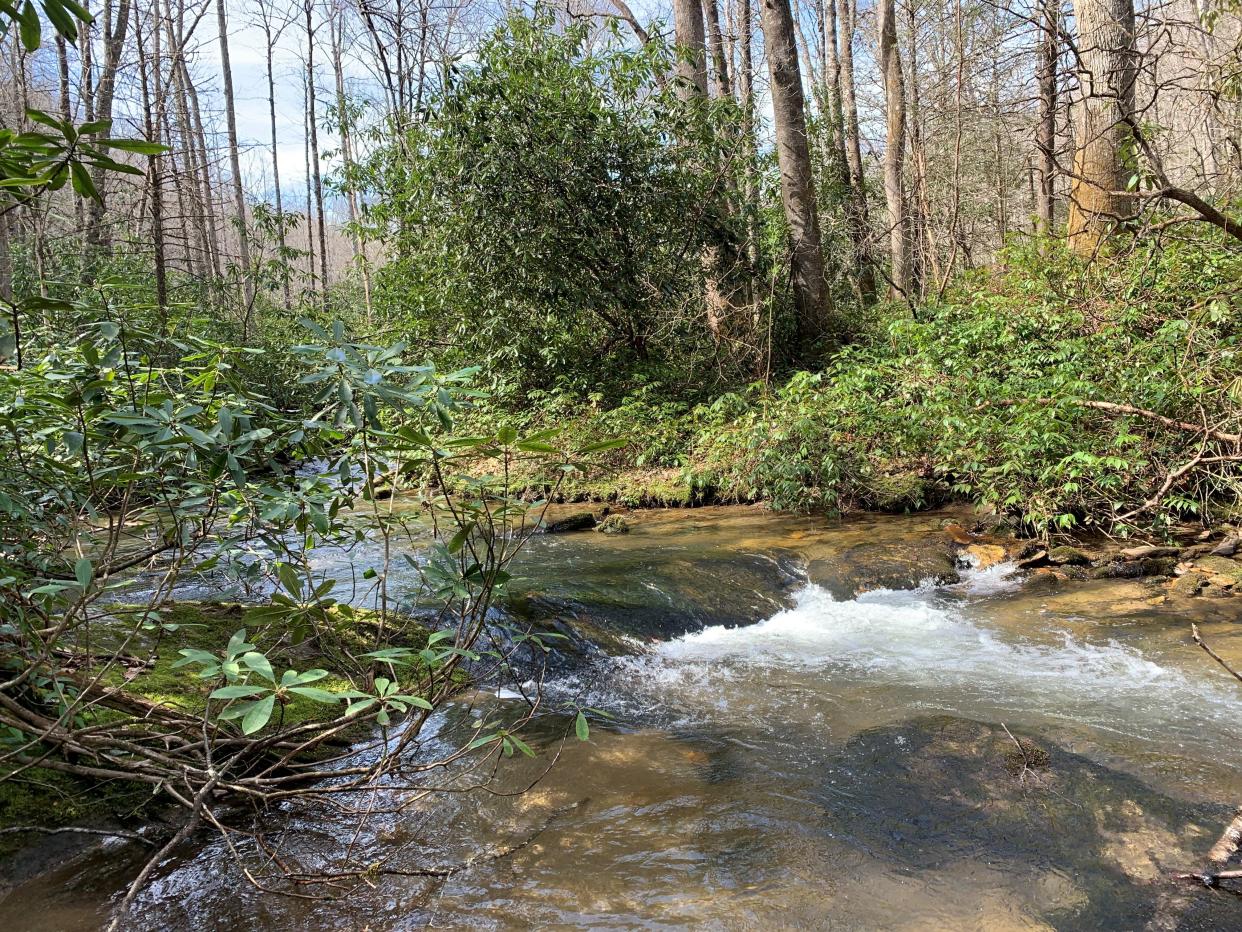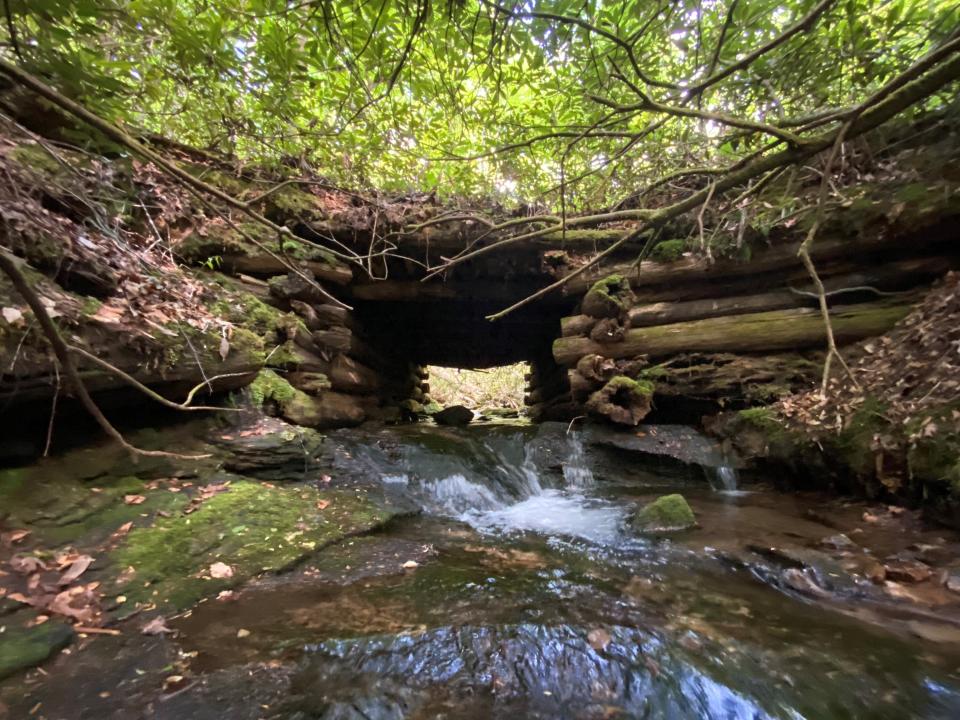Almost 700 acres of Brevard watershed protected with conservation easement

Conserving Carolina received the conservation easement for nearly 700 acres of land that will help protect the city of Brevard’s drinking water for years to come.
The 694-acre tract also protects Pisgah National Forest from encroaching development, according to Conserving Carolina's press release.
The site is owned by the Polchow family, who gave up their rights to commercial use of the land in the easement to ensure it was kept as protected as possible. Robert and Mary Polchow purchased the land in 1963 with the goal of conservation.
The land contains almost 7 miles of springs, seeps and streams which form into Tarkiln Branch, a tributary of Cathey's Creek.
“This project is huge in that regard, just the size alone of it collects a lot of unnamed tributaries and a few named tributaries and adds this additional level of protection to that watershed,” Torry Nergart, conservation easement manager at Conserving Carolina, said.
Because nearly all of this watershed is protected, Brevard enjoys naturally filtered water. Watersheds collect water from rain and snow and filter it into streams, rivers and other bodies of water.
“The more land in a watershed is kept in natural conditions, the more that natural processes of filtration can happen," Nergart said. "Nature does a really good job about making clean water as long as we don't interfere with it.”

As someone living in Brevard, Nergart said he is thankful so much of the watershed is protected, and feels confident in the water because of it.
“Just from a personal standpoint, living here, relying on city water, I have a lot of personal assurances not only for myself, but for my family with two young children, that water that we drink is going to be safe,” he said.
While the nearly 700 acres is privately owned, the land cannot be used for agriculture, logging or any other commercial use due to the conservation easement.
“So it is pretty limited as far as what can be done, especially commercially out there, but it's not going to restrict them from doing things to improve forest health, such as conducting controlled burns, or doing any sort of wildlife habitat improvement, which is all non-commercial activities, but does benefit the conservation values that the easement protects,” Nergart said.
A conservation easement is a legal agreement that restricts the rights of a property owner for the purpose of conservation. Those rights are then donated to a conservation organization, such as Conserving Carolina, which monitors the land to ensure the easement is being followed correctly.
“We, the conservancy retains the right to inspect the property annually. So the landowner cannot deny us the right to entry. And then also we have the right to enforce the terms of the conservation easement, should they be determined to have been violated,” Nergart said.
The easement protects the land forever and stays with the deed, binding all future owners to the agreement. However, conservation easements are completely voluntary to create, and Conserving Carolina never seeks them out.
The organization instead relies on the community trust it has fostered to draw those interested in conservation. In addition, realtors and land managers serve on boards and committees of Conserving Carolina, strengthening the relationship.
With the protection of this land, Conserving Carolina now protects approximately 47,000 acres, most of which is in Henderson, Transylvania, Polk and Rutherford counties.
Before it was owned by the Polchow family, the land was owned by Walter Weilt, who also managed the area, according to Conserving Carolina. While he did use it for logging once in the late 1940s, he did not use heavy machinery and cut only the younger trees.
This article originally appeared on Hendersonville Times-News: Almost 700 acres of Brevard watershed protected with conservation easement

